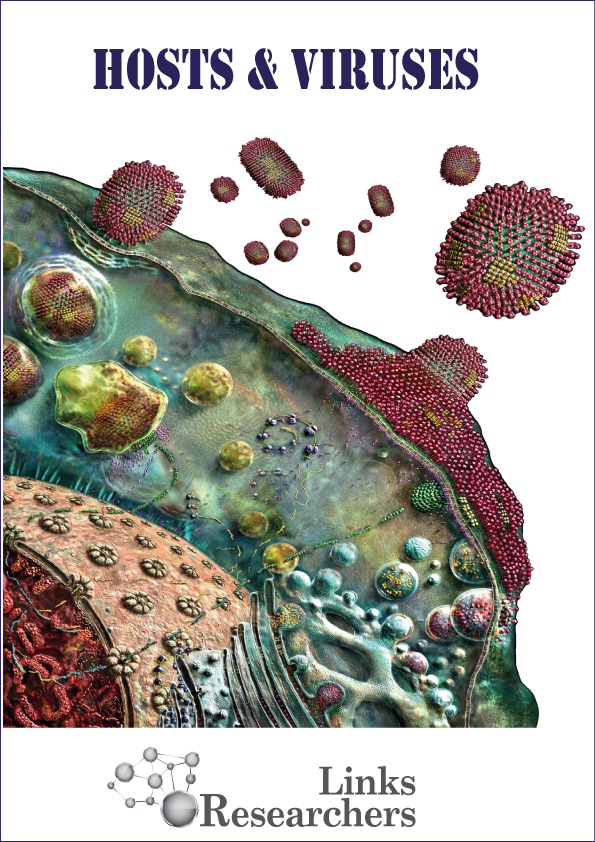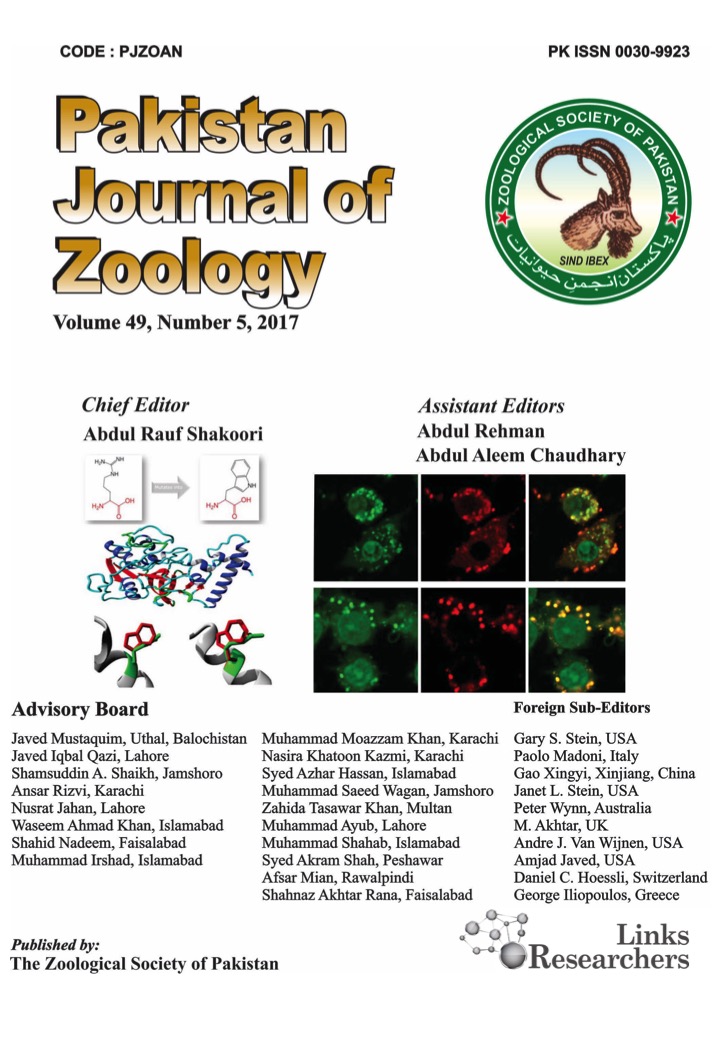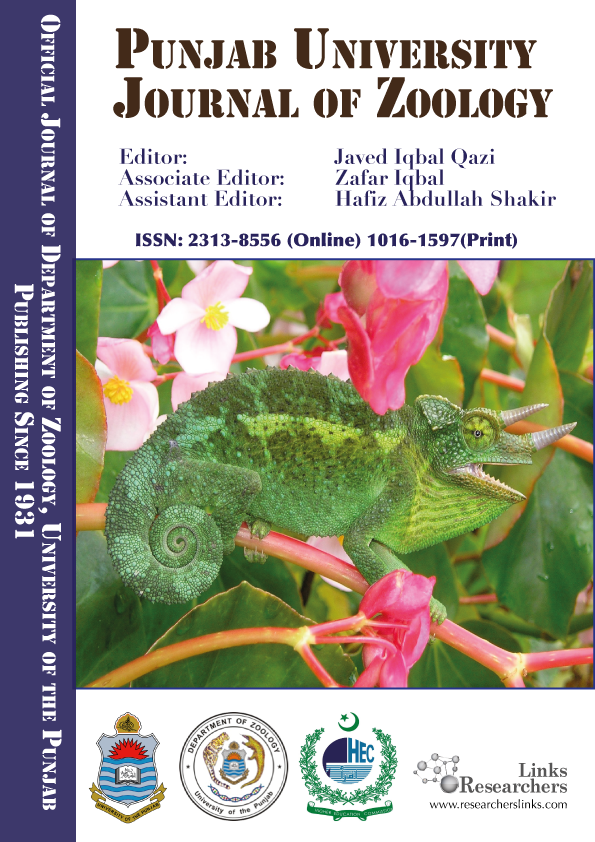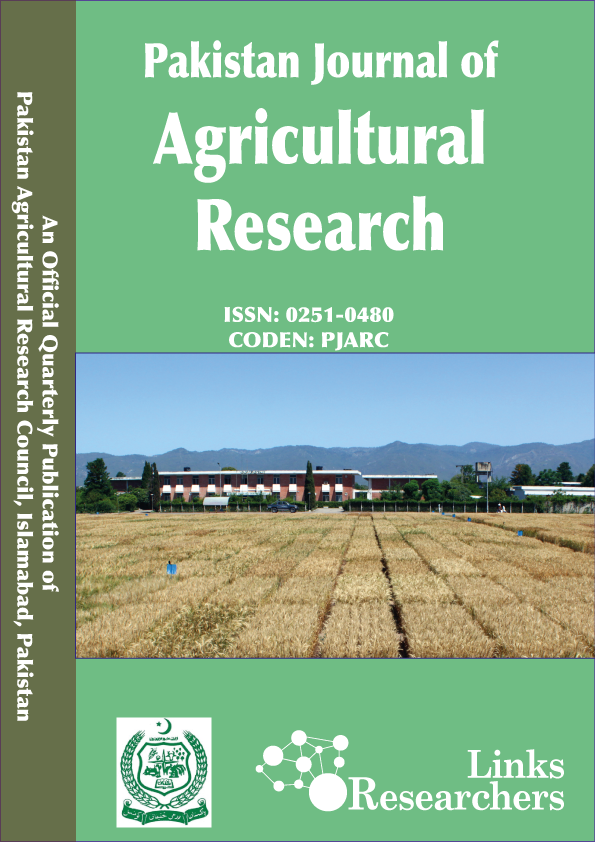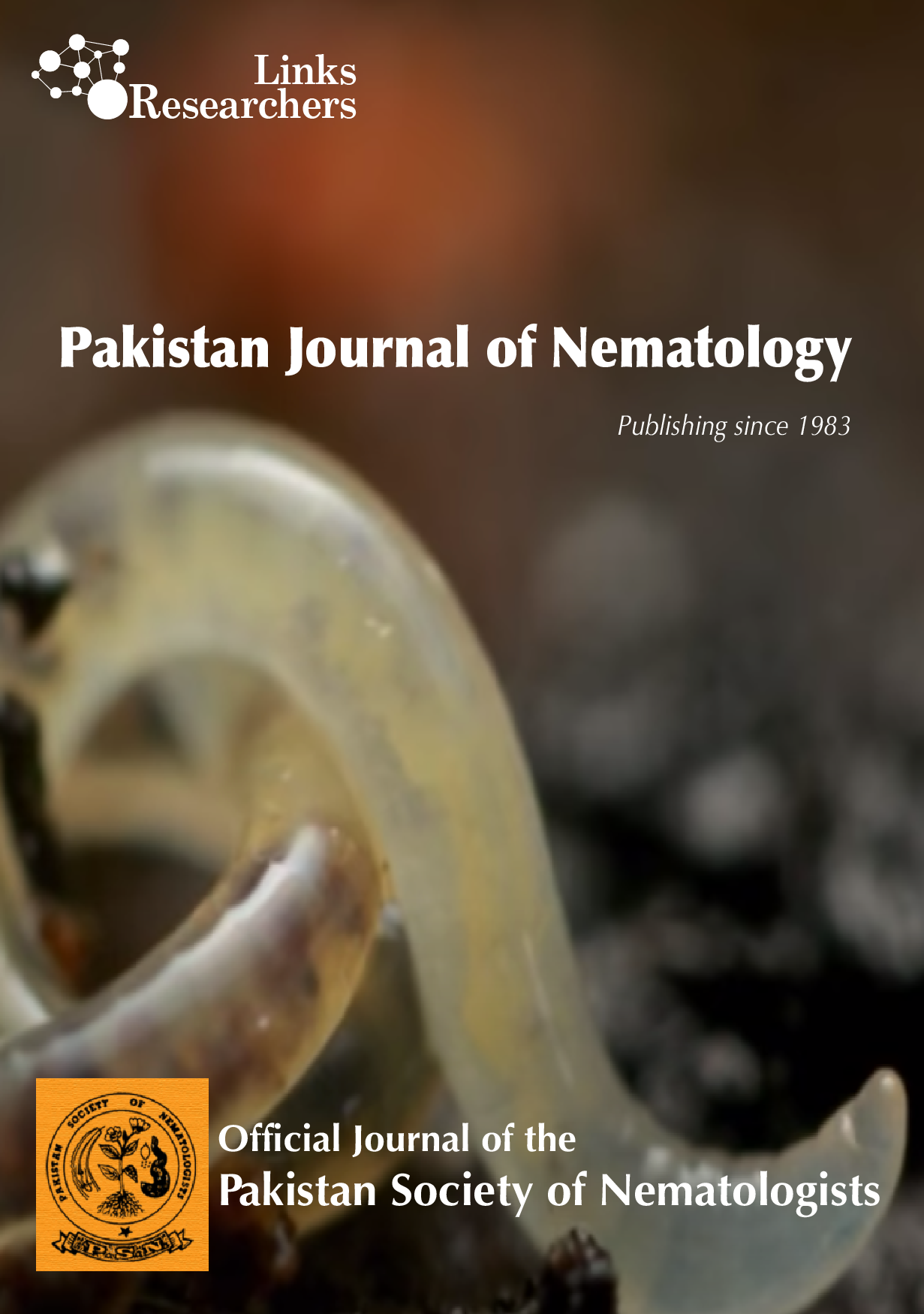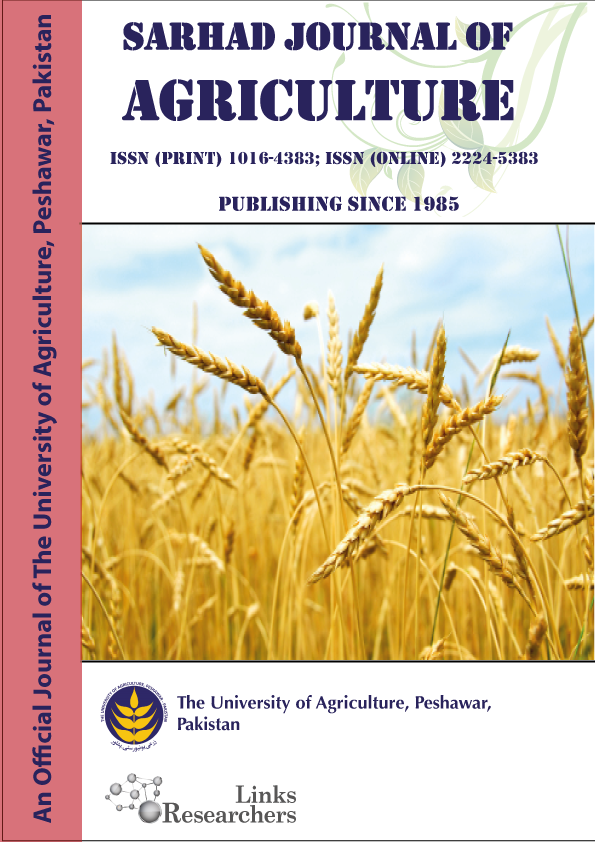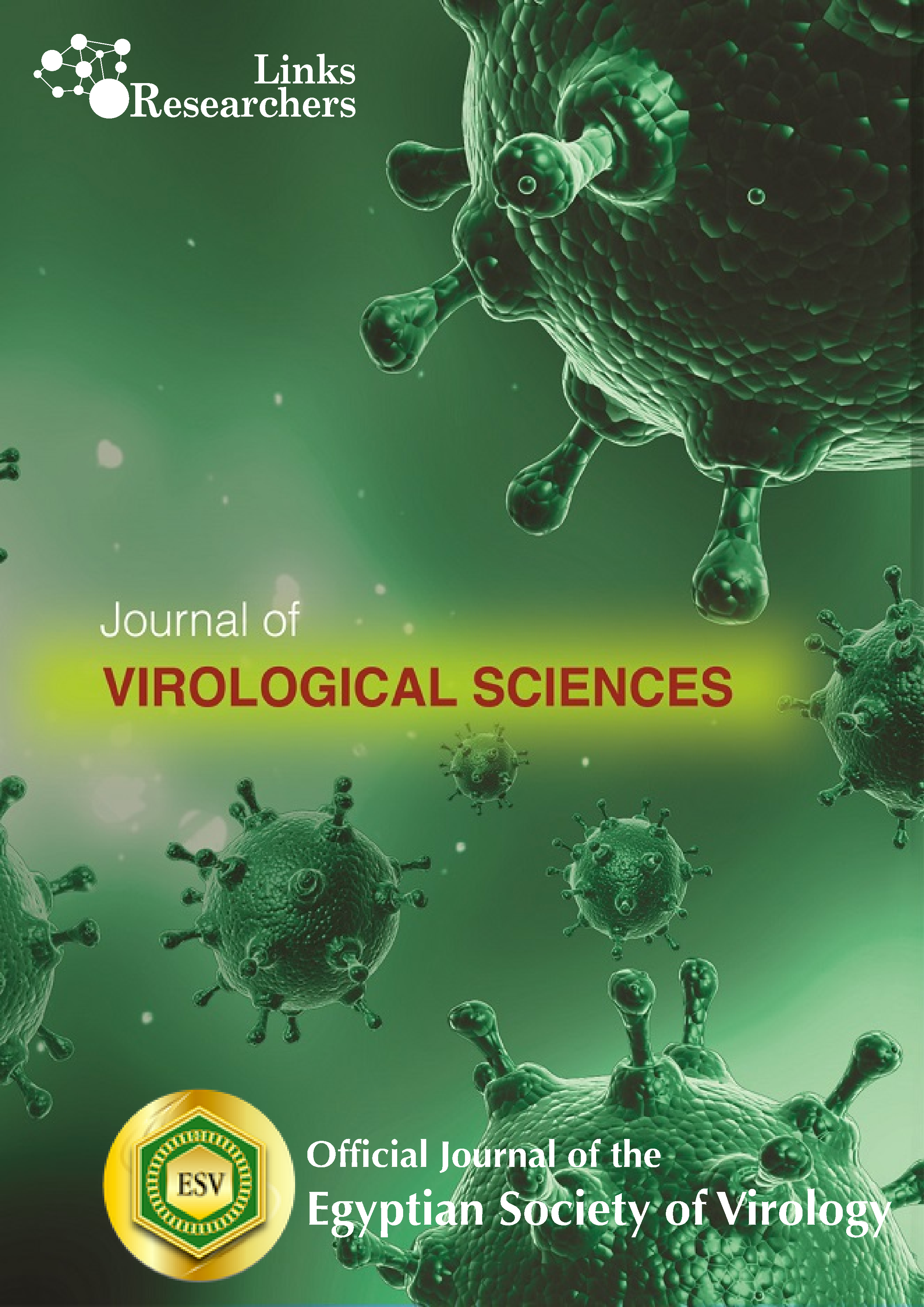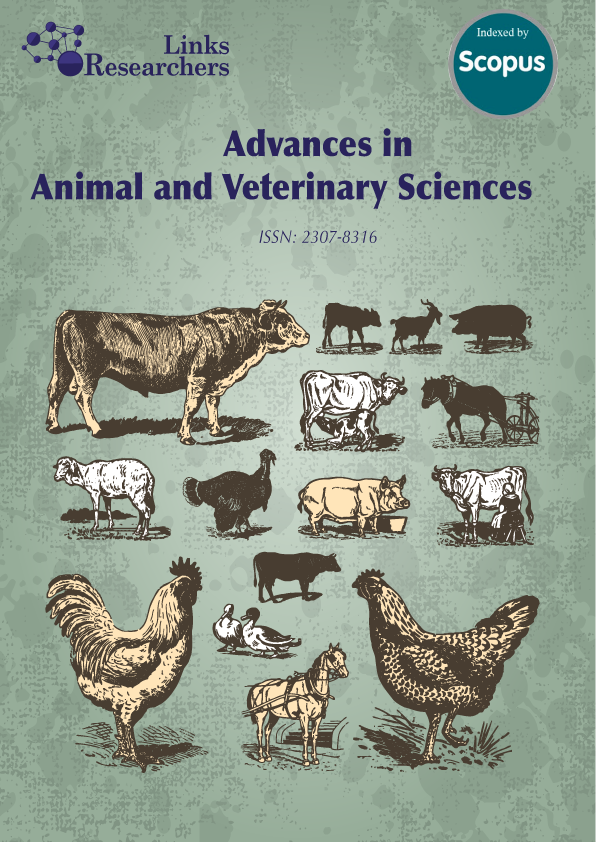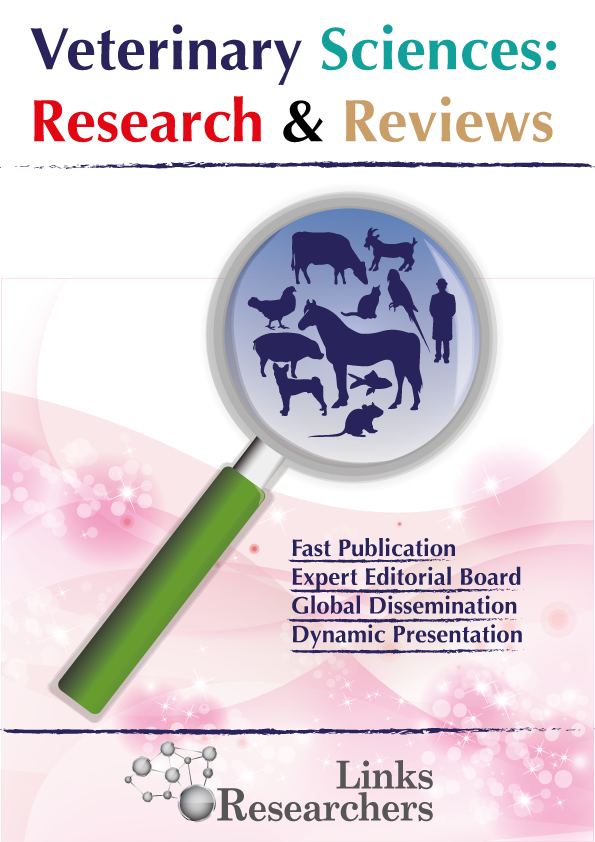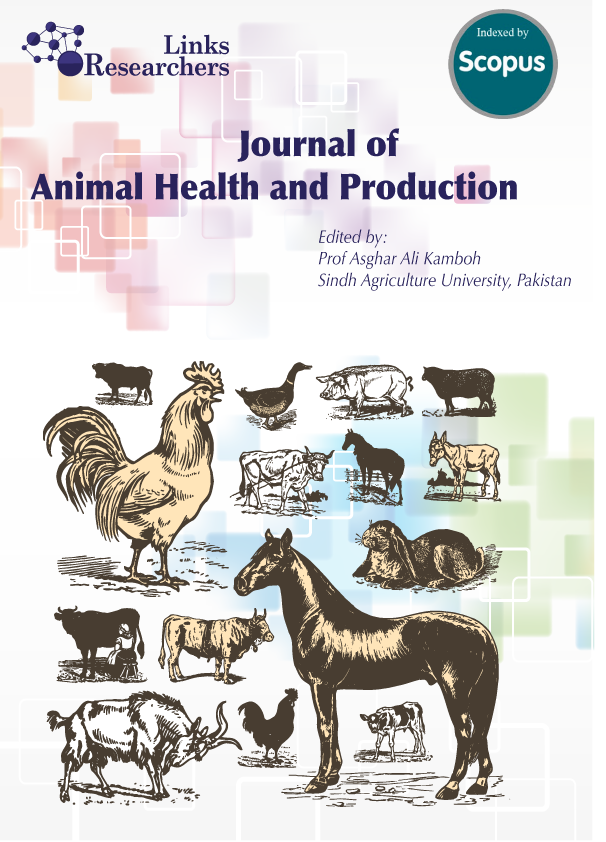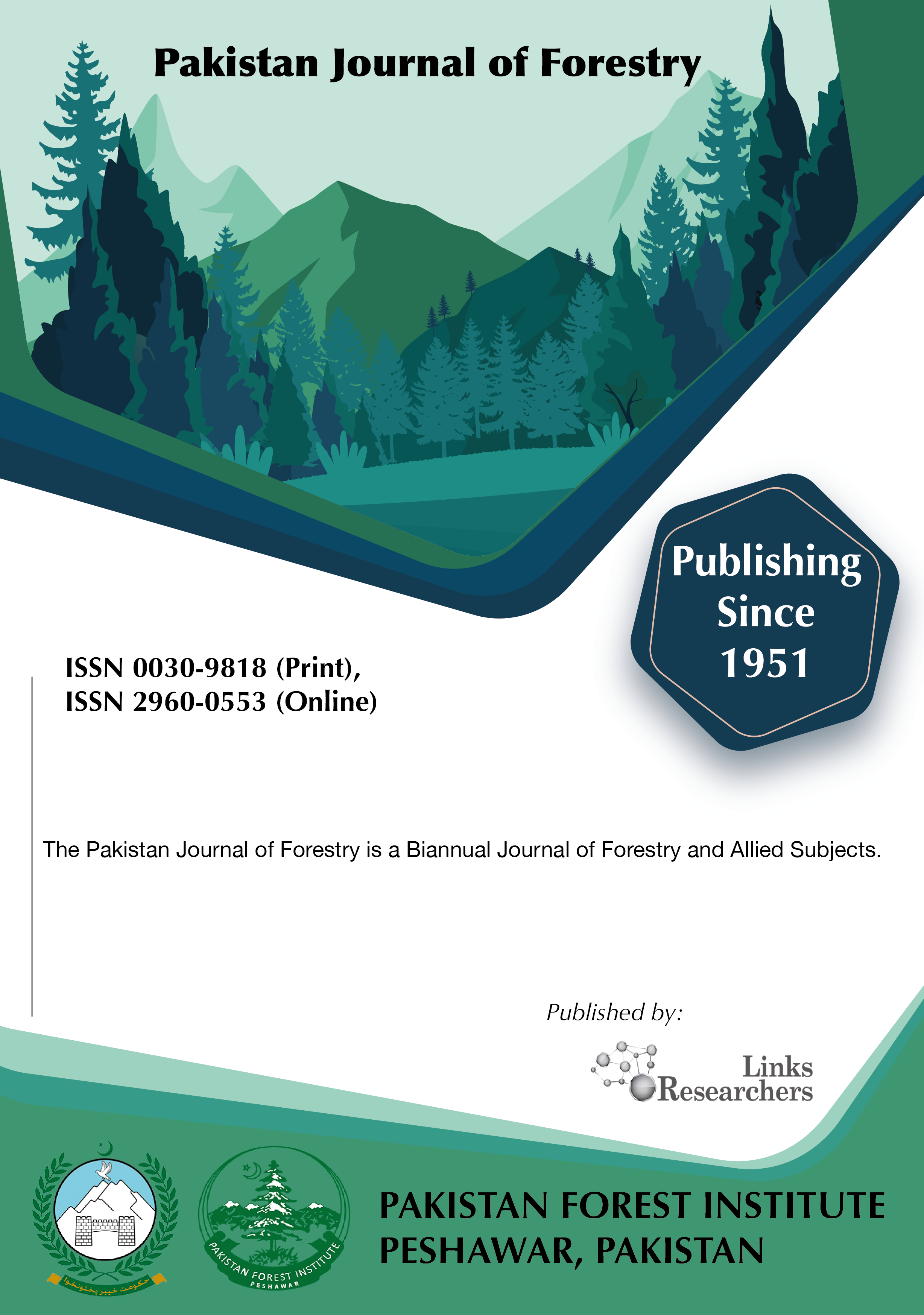Hu Zenglei1 and Xiufan Liu1, 2*
Leonard Izzard1, 2, John Stambas1, 2*
Mohammed A. Rohaim1*, Rania F. El Naggar2, Ahmed M. Helal3, Hussein Ahmed Hussein1 and Neil LeBlanc4
Ahmed Samy, Wesam Mady, Naglaa M. Haggag, Samah H. Mohamed, Ebtissam N. AlShamy, M.K. Hassan
Gadeeyya G and Ratna Kumar P.K.
Ayesha Aihetasham*, Faiza Qayyum and Muhammad Xaaceph
Wasim Javaid1, Farid Asif Shaheen1*, Farah Naz2 and Muhammad Usman Raja2
Ahmed Samy1*, Hala Mohamed Nabil Tolba2, Gamelat Kotb Farag3 and Ahmed Abd El Halim1
Ali Mahmoud Zanaty, Naglaa Mohammed Hagag, Neveen Rabie, Mahmoud Saied, Karim Selim, Saad A. Mousa, Azhar Gaber Shalaby, Abdel-Sattar Arafa and Mohamed Khalifa Hassan
Kajol, A. H. Bhat, Aasha and A. K. Chaubey
Muhammad Riaz1*, Naureen Akhtar1, Salik Nawaz Khan1, Muhammad Shakeel1,2 and Ateeq Tahir1
Muhamamd Rizwan1*, Muhammad Arshad2, Muhammad Kashif3, Aneela Zameer Durrani4, Asghar Abbas5, Tanveer Ahmad6, Muhammad Nadeem7 , Kinza Khan8
NawalM. Abdulla1, M. Haroun1*,Mohamed A. Shalaby2and Ahmed A. Elsanousi2
Rafia Ahsan1, Saif Ullah1, Ijaz Yaseen1, Faisal Sohail Fateh1, Muhammad Fayyaz1, Shahzad Asad1, Atif Jamal1, Muhammad Sufyan2 and Muhammad Zakria1*
Ayman S. El-Habbaa 1, Gabr F. El-Bagoury1, Samar F. El-Adaway2, and Susan S. El-Mahdy2
Rehman Shahzad1, Saba Irshad1*, Malik Saddique Mehmood1 and Faisal Amin2
Mona M. Osman1, Kamelia M. Osman2, Manal Abu Elmakarem Mohamed1, Mahmoud E. Hashad2, Jeeser Alves Almeida3, Alaa Saad4, Octavio Luiz Franco5,6, Heba N. Deif 2*
Rizwana Abdul Ghaffar* and Kamil Nadeem
Nishant Shah1*, Rakesh Kumar Yadav1, Anil Gautam1*, Shambhu Shah1 and Mohan Kumar Gupta2
Hams M.A. Mohamed1*, Katreen K.G.2, M.W. Abd Al-Azeem1, Faysal A. Wasel2, Ahmed M. Abd-Eldayem3
Keywords | Listeria spp., L. monocytogenes, Virulence genes, Biofilm, antimicrobial resistance
...
A.H. Choshali1, S. Rezaee2, S. Jamali3, H. Reza3, Zamanizadeh4 and F. Rejali5
A. M. Rahoo1,*, †, T. Mukhtar2, S. I. Abro3, S. R. Gowen1 and B. A. Bughio4
Ahmed S.M.H. EL Roby
I.K.A. Ibrahim1 and Z. A. Handoo2†
F. Shahina†, K.A. Tabassum and M.A. Habib*
Hina Safdar1,2*, Nazir Javed2, Sajid Aleem Khan2, Muhammad Zeeshan Majeed3, Arif Mehmood3 and Muhammad Arshad4
Nachaat Sakr
Lipigwe Lauya1*, Peace Nkiruka Okeke2, Chukwudi Chizorom Ibeh1, Bello Ozovehe Banimoh1 and Nanma Tongnan Cosmas1
Saddam Hussein Mahmoud* and Shaimaa Nabhan Yassein

